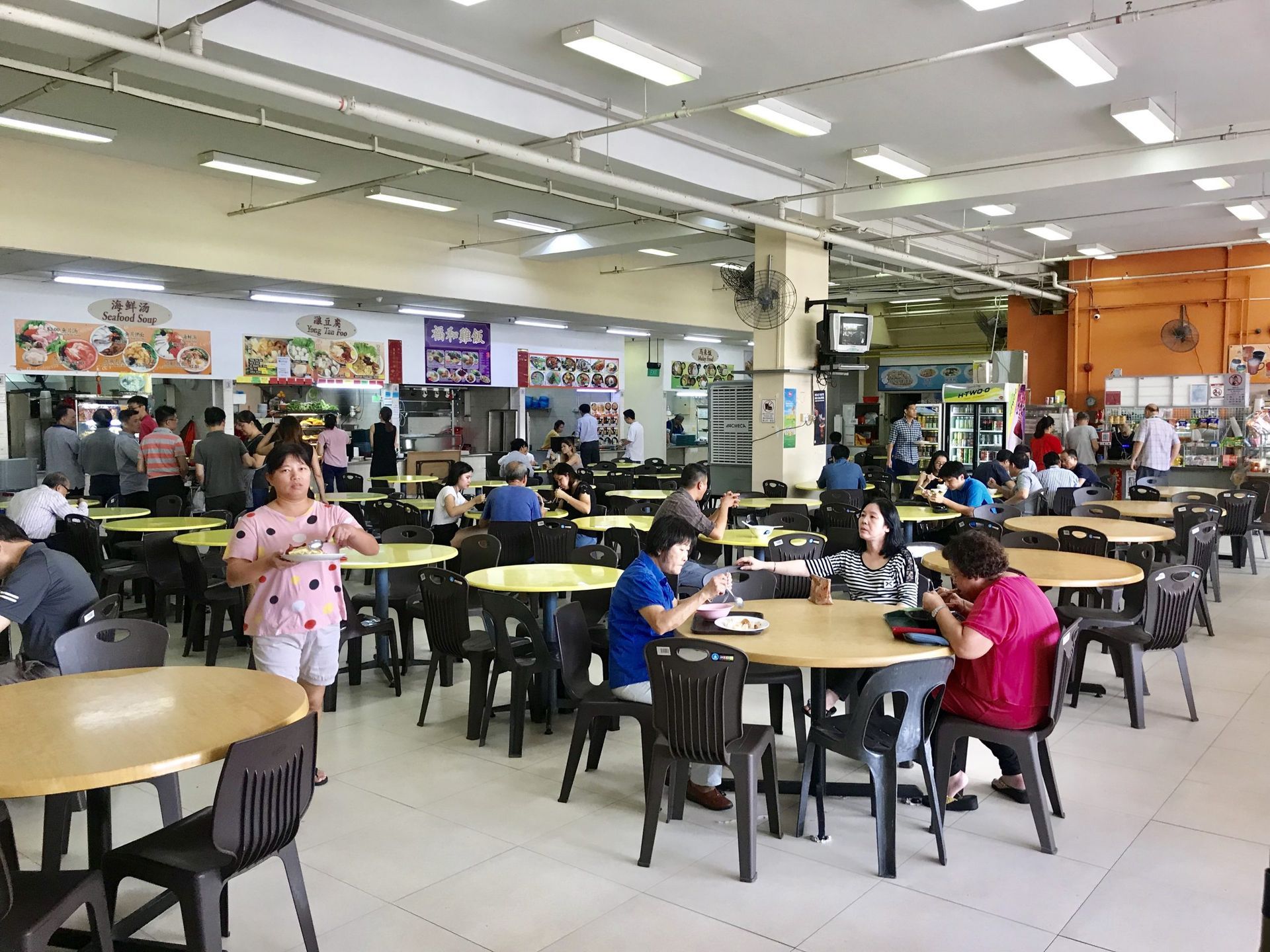Building Customer Loyalty. Using CRM to your advantage
Establishing and maintaining customer loyalty is a strategic crucial for businesses. In this era of intense competition and abundant choices, many F&B businesses are turning to Customer Relationship Management (CRM) solutions to gain a crucial advantage. This article explores the significance of CRM in building and nurturing customer loyalty in the digital age.
Understanding Customer Needs
A successful CRM solution is founded on the ability to understand and anticipate customer needs. By harnessing data analytics and customer insights, F&B businesses can tailor their products and services to align with customer preferences. This personalized approach enhances the overall customer experience and fosters a sense of loyalty.
Effective Communication
CRM solutions empower businesses to engage with customers through targeted and personalized communication. From customized promotions to timely follow-ups, effective communication builds a strong rapport with customers. By staying connected and relevant, businesses can solidify their position in the minds of consumers.
Streamlining Customer Interactions
CRM systems streamline and centralize customer interactions, providing a holistic view of each customer's journey. This allows businesses to track customer preferences, purchase history, and feedback efficiently. By understanding the complete customer lifecycle, businesses can enhance satisfaction and address concerns promptly.
Tailored Loyalty Programs
CRM solutions enable the creation of tailored loyalty programs. By analyzing customer behavior, businesses can design loyalty initiatives that resonate with their target audience. Whether it's exclusive discounts, personalized offers, or rewards programs, a well-crafted loyalty strategy strengthens the bond between the brand and its customers.
Data-Driven Decision Making
In the digital age, data is a powerful ally. CRM solutions provide valuable insights that drive informed decision-making. Businesses can use data analytics to identify trends, anticipate customer needs, and adjust strategies accordingly. This data-driven approach ensures that loyalty-building efforts are based on real-time information.
Enhanced Customer Service
Prompt and efficient customer service is a cornerstone of building loyalty. CRM systems facilitate quick response times, efficient query resolution, and personalized support. By providing a seamless and positive customer service experience, businesses can create lasting impressions that contribute to loyalty.
Adapting to Changing Trends
The digital landscape is dynamic, and customer preferences can change rapidly. CRM solutions offer the flexibility to adapt to evolving trends. Whether it's incorporating new communication channels, adjusting marketing strategies, or refining loyalty programs, businesses equipped with CRM solutions can stay agile in response to changing customer expectations.
Conclusion
In the digital age, where customer loyalty is both elusive and invaluable, leveraging CRM solutions is a strategic advantage. From understanding customer needs to fostering effective communication, streamlining interactions, and tailoring loyalty programs, CRM empowers businesses to build lasting connections with their audience. By embracing the CRM advantage, businesses can navigate the complexities of the digital landscape and create a loyal customer base that propels them to sustained success.
Looking for a CRM for your F&B business? We are here for you! Contact us through WhatsApp or dropping us an enquiry!
Interested in a CRM Based POS System, QR ordering or a standalone CRM membership system?
Send an Enquiry!
You might also like



